Category: Asia
-
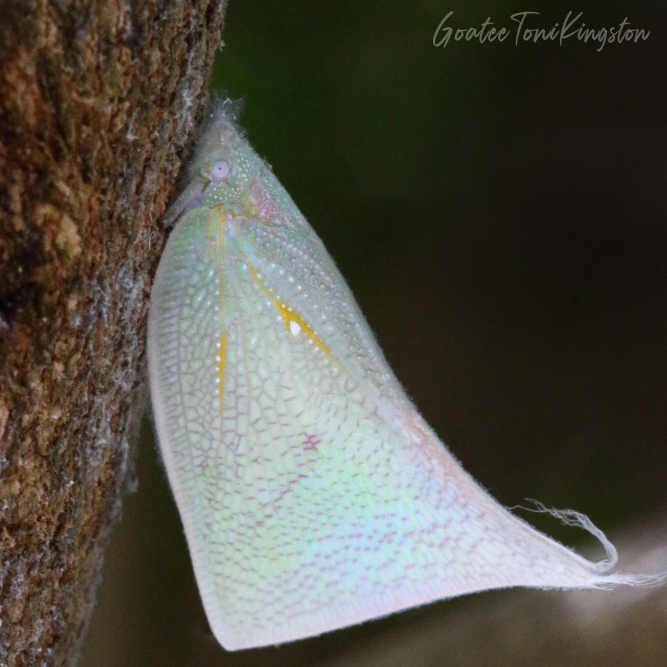
White Moth Bug – Hong Kong Wildlife | 白蛾蠟蟲 – 香港野生動物
This is a Flatid planthopper (Lawana imitata), or commonly known as White moth bugs, I found in Sha Tau Kok, northern Fanling, New Territories. It can also be found in China and Vietnam. They live in trees. Adults are active from May to October. I think they look so elegant and beautiful, but farmers just…
-
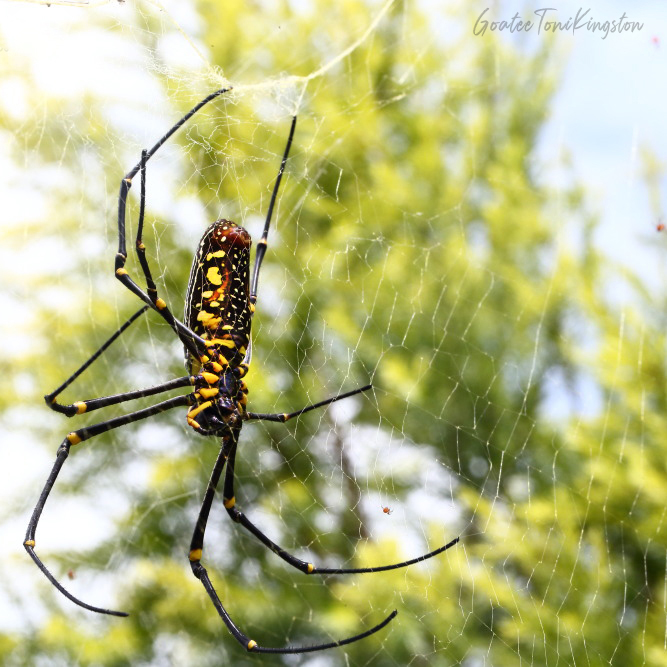
Giant Golden Orb-weaving Spider – Hong Kong Wildlife | 人面蜘蛛 – 香港野生動物
One of the most common spiders in Hong Kong, the Giant golden orb-weaver (Nephila pilipes) can be found in primary and secondary forests almost anywhere in Hong Kong. This species has a wide distribution throughout Asia, China, Japan, Vietnam, Cambodia, Taiwan, Malaysia, Singapore, Myanmar, Indonesia, Thailand, Laos, Philippines, Sri Lanka, India, Nepal, and also Papua…
-

Changeable Lizard – Hong Kong Wildlife | 變色樹蜥 – 香港野生動物
One of the most common lizards in Hong Kong is Calotes versicolor.It has many common names: Changeable lizard, Crested tree lizard, Oriental garden lizard, Eastern garden lizard, and even Bloodsucker. Common throughout Hong Kong including all major islands, it is also widely distributed in Asia. These lizards can grow up to 40centimeters. They are sun-loving…
-
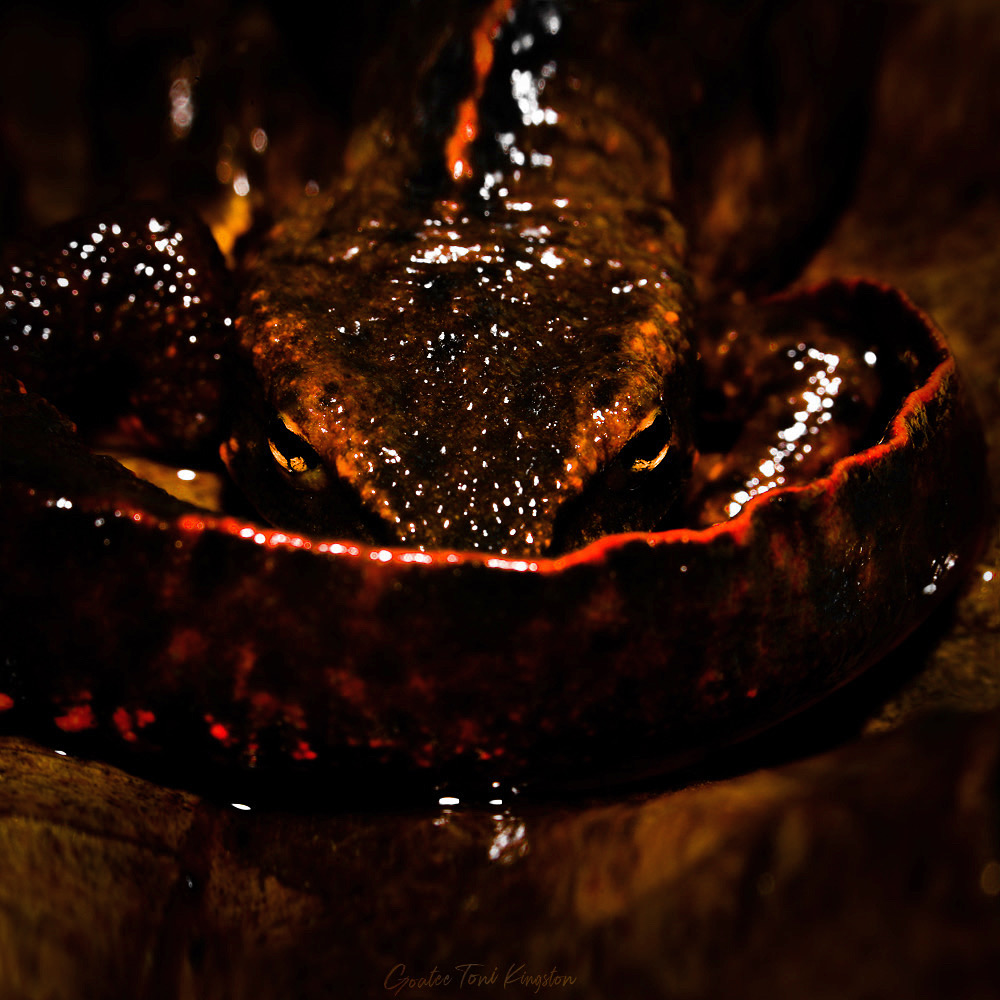
Hong Kong Newt – Hong Kong Wildlife | 香港蠑螈 – 香港野生動物
We have many native frogs, but only 1 tailed amphibian (salamander or newt). The Hong Kong Newt, or Hong Kong Warty Newt (Paramesotriton hongkongensis) – I have usually found them in clean mountain streams in Lantau, Hong Kong Island, and the eastern and northern parts of New Territories. It was once believed to be an…
-
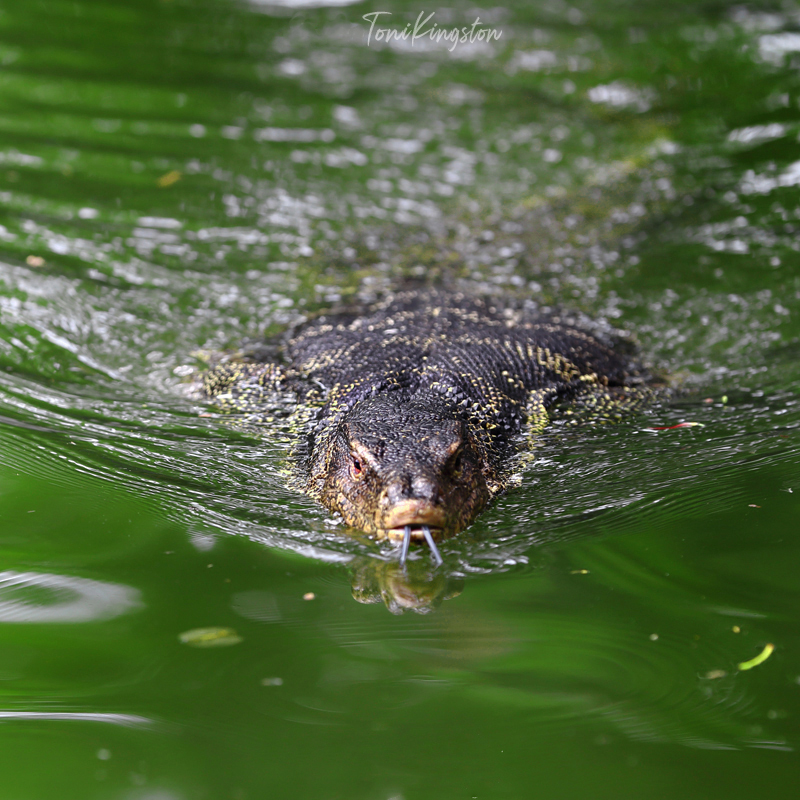
Water Monitor – Hong Kong Wildlife | 水巨蜥 – 香港野生動物
A gray area in Hong Kong fauna. Once thought to be locally extinct. Now they are here again! Some think they are native. Others think they are imports. Varanus salvator (Laurenti, 1768)Kingdom: AnimaliaPhylum: ChordataClass: ReptiliaOrder: SquamataFamily: VaranidaeGenus: VaranusSpecies: salvator Where in HK?Very rare – reservoirs, rivers, Mai Po marshes Size: 1.5 – 3.2 m /…
-

Eurasian Eagle-owl – Hong Kong Wildlife | 雕鴞 – 香港野生動物
The largest owl inhabits the smallest concrete jungle in Hong Kong. How intriguing! Birdwatching normally takes place during the day, except for owls. There are 9 species of owls you can possibly spot in Hong Kong. The most common species is the Collared scops owl (Otus lettia) which is a small one usually no bigger…
-
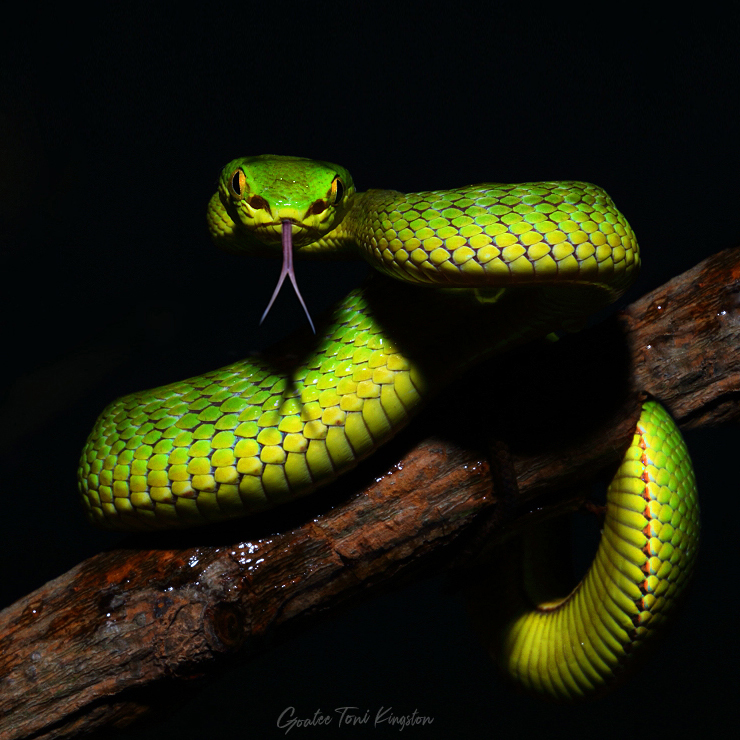
Bamboo Snake – Hong Kong Wildlife | 青竹蛇 – 香港野生動物
This green beauty is responsible for the vast majority of snake bites in Hong Kong, or possibly southern Asia. Trimeresurus albolabris (Gray, 1842)Kingdom: AnimaliaPhylum: ChordataClass: ReptiliaOrder: SquamataSuborder: SerpentesFamily: ViperidaeGenus: (Cryptelytrops) TrimeresurusSpecies: albolabris Where in HK?Very common – low hilly areas, grasslands, cultivated fields Size: 50 – 90 cm / 1’8″ – 2’11”Distribution: Southern AsiaHabitat: ArborealDiet:…
-

Spotted Narrow-mouthed Frog – Hong Kong Wildlife | 花细狹口蛙 – 香港野生動物
Cute little mouth in the 852. I rarely post local species doesn’t mean I don’t do field trips (or herping) in here. It’s just there’re too many animals around the globe that are piquing my “never-canceled” curiosity. Now, staying at home, it’s never been a better time to re-explore Home Kong. This Hong Kong resident…
-
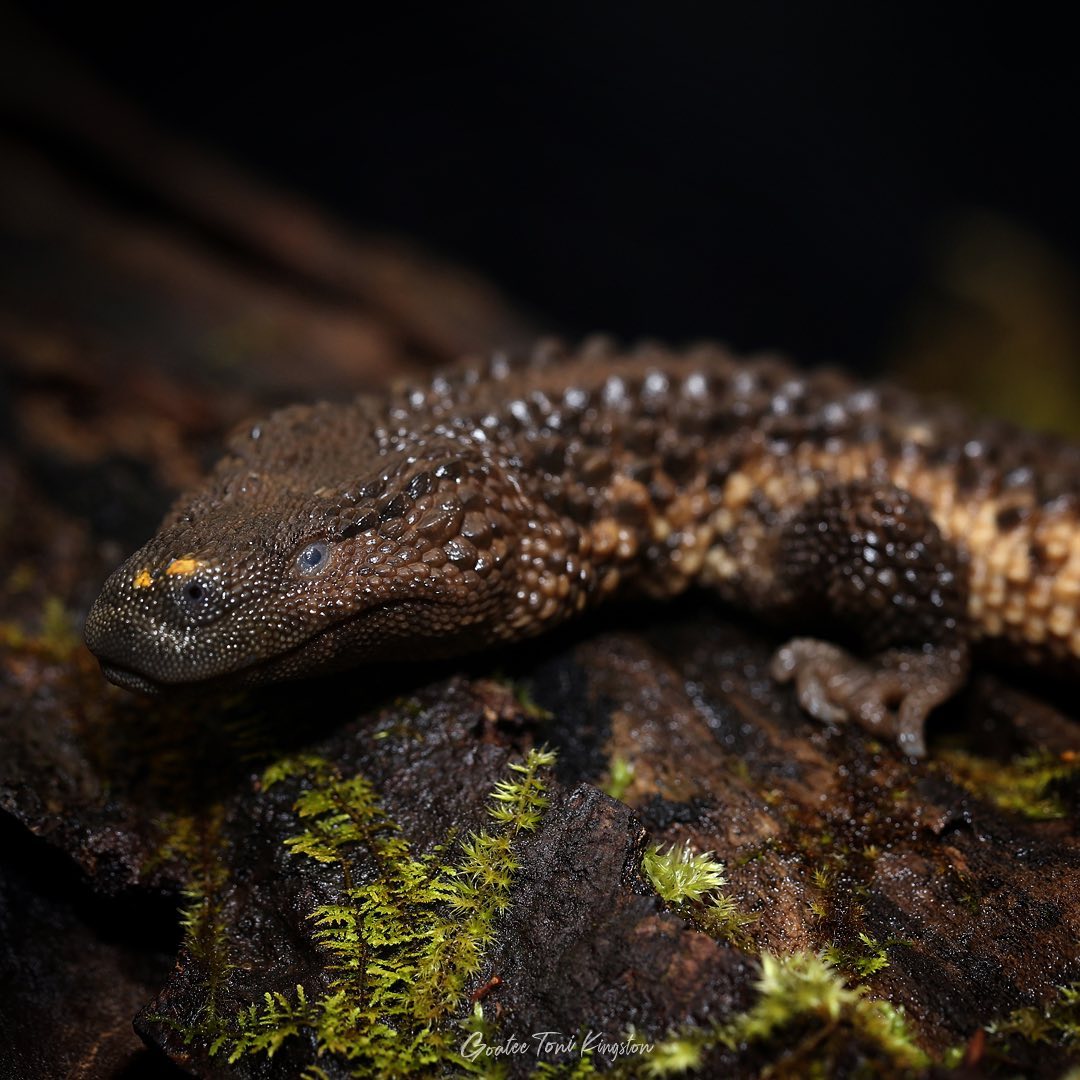
Earless Monitor Lizard – Hidden Gems of the Borneo Jungle
Science doesn’t know it well — The Earless monitor lizard (Lanthanotus borneensis) is among the lizards that are least known to science. It is the last remaining species in the entire family Lanthanotidae. Until recently, only fewer than 100 specimens had ever been known since 1877 when the species was first described. Most are kept…
-
Not All Alligators Are Americans
“Alligator or crocodile?” is hardly an easy game to play even for reptile lovers. The difference of the shape of snouts is not too obvious. Convergent evolution might be a bit too hard to understand. Most people’s idea is that alligators are the ones in the US and the rest are all crocodiles. Some even think…
-
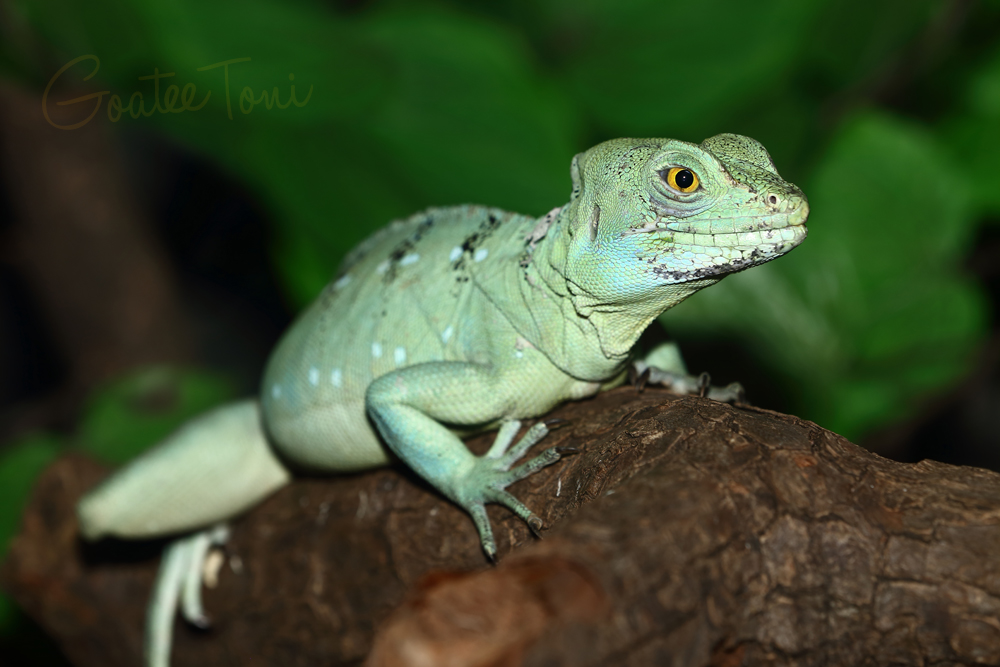
Jesus Christ Lizard
There are over 10,000 extant species of reptiles. How many have you seen? There are only two lizards known to be able to run on water. This earned the renowned Basilisk of the new world the nickname “Jesus Christ lizard”. From the old world, there’s this lesser-known Sailfin Dragon that evokes even more of my…
